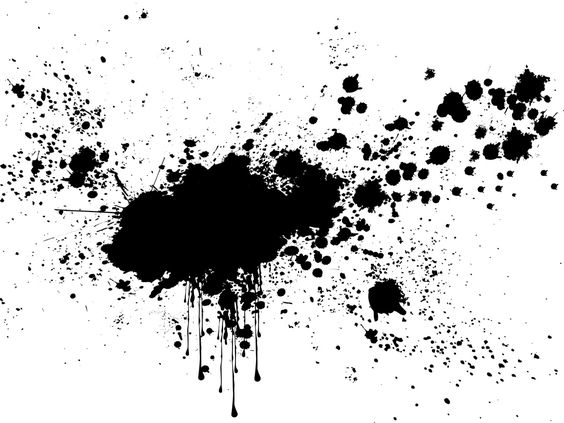
With Christina Oakley-Harrington of Treadwell’s Bookshop
Friends who know me from other (academic or social) contexts may have been a bit surprised to see me opening a gallery mainly focused on Greek sacred art earlier this year, but there is a host of reasons why this particular artform captured my attention, as I explain in this post.
This summer I had the opportunity to represent ICON Gallery in London at Treadwell’s Bookshop, where I presented a talk entitled The Occult Power of Icons, featuring a pop-up exhibit of icons I created recently.
Though the title may seem imposing, it reflects the deep philosophy underlying icons; which can directly claim their heritage from the art of antiquity, Neoplatonist philosophy and the attempt to resolve the theological problem posed by Plato himself: how can an image of divinity ever be other than something lesser and baser than the spirit it attempts to depict?
This problem was resolved – by the Neoplatonists, and later by apologists for icons during the Iconoclastic period, by using the concept of God as artist/creator and the notion of Acheiropoieta (untouched by human hands) icons as a starting point. Since the image in Acheiropoieta icons is perceived as an imprint of the divine presence, the artist imitating this work partakes of the same creative grace as the first Creator, and the image produced is validated through its similarity with the divine imprint.
This concept draws upon the Neoplatonist concept of telestike: in pre-Christian times, statues of deities were seen as tabernacles that, if perfect enough, would be inhabited by the deity itself when called upon through appropriate ritual.
![]() Similarly, the Orthodox liturgy and the prayers of the faithful calls upon God, Jesus, angels and saints to grace their images with their presence and thus ensoul them, rendering icons vessels of divine presence and far more than simply images. This resolves the theological problem, since icons are no longer idols (eidola – or lesser reflections of the divine per the Platonic perspective), but, like the statues of antiquity, tabernacles housing the spirit of the saint or divine figure that is depicted.
Similarly, the Orthodox liturgy and the prayers of the faithful calls upon God, Jesus, angels and saints to grace their images with their presence and thus ensoul them, rendering icons vessels of divine presence and far more than simply images. This resolves the theological problem, since icons are no longer idols (eidola – or lesser reflections of the divine per the Platonic perspective), but, like the statues of antiquity, tabernacles housing the spirit of the saint or divine figure that is depicted.
This is not simply understood as some obscure mystical process. The ostentatiously elaborate nature of icons and indeed, of the interior of Orthodox churches is not simply a matter of taste or an attempt to intimidate; rather it is a carefully crafted and purposeful ritual theatre which places the faithful centre-stage – for it is the sensory response to matter (precious metals, enamels, colour, space, incense), that empowers the call to the divine and sparks the animation of the icon.
This is the briefest of summaries, and I hope to have the opportunity to present more on the topic in the future.


